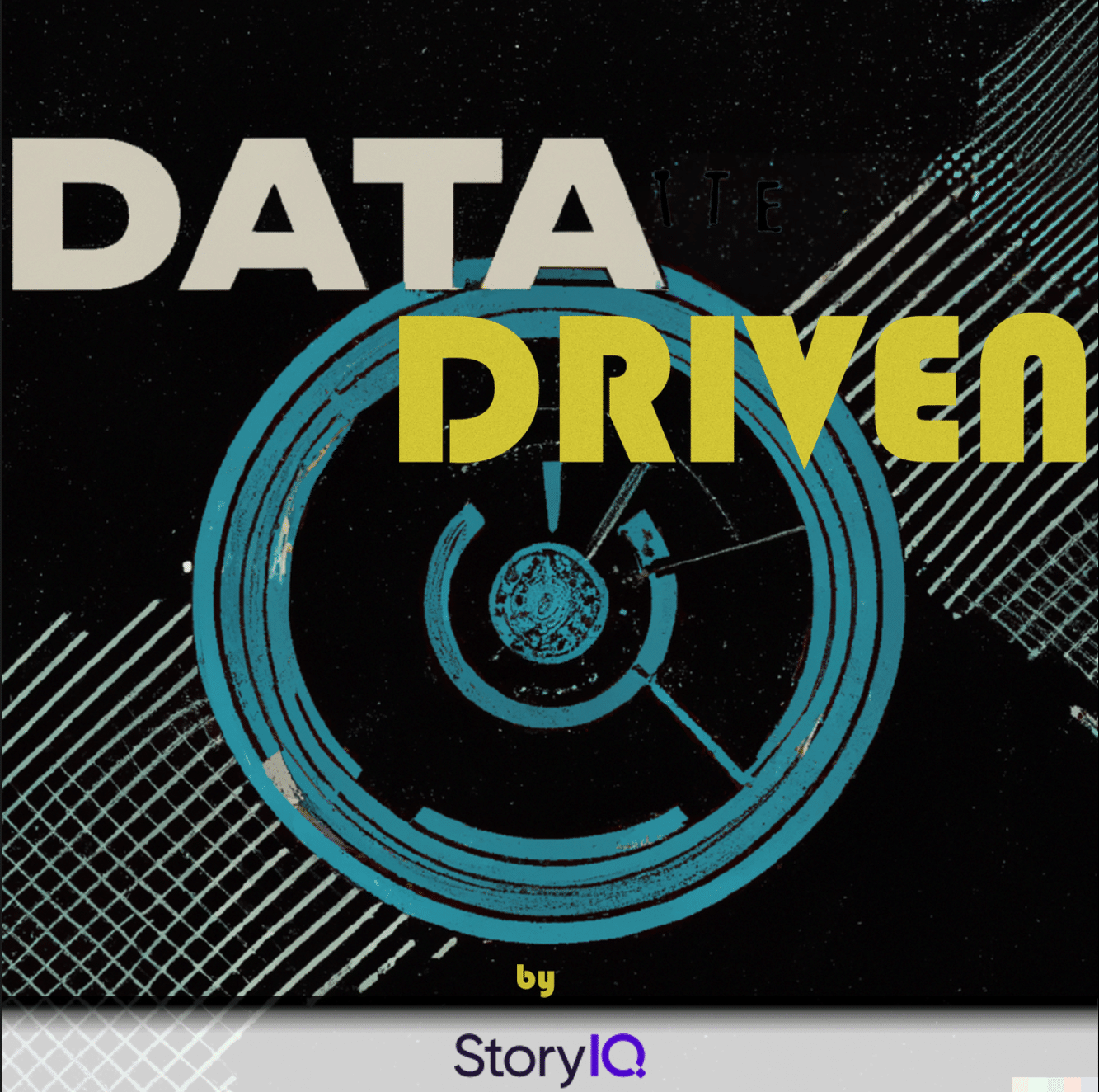Metrics to measure for ROI on L&D programs — Esther Lee // McCann Worldgroup
- Part 1 Metrics to measure for ROI on L&D programs — Esther Lee // McCann Worldgroup
- Part 2How to measure your DEI initiatives — Esther Lee // McCann Worldgroup
Show Notes
-
01:36Challenges in proving the value of HR and L&D programsHR and L&D professionals face difficulties in demonstrating program value due to challenges in capturing engagement and measuring impact in diverse training environments. In addition, HR is often more focused on execution rather than showcasing the ROI of successful initiatives.
-
02:57Metrics for measuring program successMetrics measuring program success include attendance rates, participation rates, survey results, applicability scores, and net promoter scores. Additionally, measuring pre-training and post-training metrics through AB testing helps evaluate the impact of training programs.
-
04:52Addressing the forgetting curve in L&D program implementationLearners forget over 70% of what they are taught within 24 hours of learning it, so ongoing reinforcement is crucial. This can be achieved by delivering engaging, bite-sized refreshers to promote the retention of vital content and continuous learning beyond the initial training.
-
06:54Measuring training effectiveness with engagement metricsTo effectively showcase training impact, it's essential to go beyond attendance tracking. Measuring active engagement, such as through chat interactions and tools like Padlet and Kahoot, is crucial for assessing participation and involvement in training sessions.
-
10:16Measuring engagement in training platformsPolling platforms offer automated metrics, whereas collaboration tools like Padlet and Mural require manual tracking. These tools provide data on user activity and engagement duration, offering valuable insights for facilitators.
-
11:38Translating training metrics to value and ROIBesides training costs per participant, focus on addressing competency gaps. Identify employee knowledge gaps, tailor training to address them, and measure pre- and post-training impact to show your leaders the gaps addressed and the impact achieved.
-
15:10Gaining leadership and learner buy in for trainingLeadership buy-in can be achieved via pilot results showing the ROI and how the training will help employees be more efficient at their jobs. When leaders endorse the training, it alleviates learner concerns about the time investment, as they understand it will enhance their job efficiency.
-
16:53Quantifying the impact of soft skills trainingSelf-assessment involves gathering feedback from learners via surveys and regular check-ins. Assessment from others can come from 360 reviews and feedback from managers and colleagues on the changes in the learners communication, collaboration, and other soft skills.
-
19:37Assessing employees after training completionSet parameters for assessments to avoid employees feeling defeated in the case of low scores, or managers using them to deny promotions to employees. Encourage participation by offering certificates post-assessment, which can be showcased on LinkedIn.
-
21:49Communicating the purpose of assessments as tools for learning and improvementTo assure learners that assessments aren't punitive, build trust by understanding their needs and providing clear messaging. Clearly communicate assessment parameters and reassure learners that assessments are for improving training and not for performance management.
-
24:53Proving ROI through competency based trainingIn a previous company, Ester tackled onboarding challenges with a competency-based scoring system for new sales managers. This approach led to the successful onboarding of over 30 sales reps monthly, garnering positive feedback from both learners and managers.
Quotes
-
"People forget over 70% of what they're taught within 24 hours. Training shouldn't be one-and-done; consider what's vital, refresh it in bite-sized, engaging ways to keep it top of mind." - Esther Lee
-
"L&D leaders must look beyond engagement, as it doesn't guarantee learning. Identify competency gaps, create bespoke training, and measure pre- and post-training impact to show leaders the addressed gaps and impact achieved." - Esther Lee
-
"Learners are always thinking about the time they're losing while in training to do their actual jobs. So the ROI that you're trying to showcase for leaders actually needs to be facing the learners first." - Esther Lee
-
"Survey fatigue is real. Understanding your learner's needs and having honest conversations with them during check-ins is going to be important so you're not constantly serving them the same question repeatedly." - Esther Lee
-
"Ensure assessments don't demoralize employees or hinder career growth. Clearly define their purpose and limitations to avoid misinterpretation and misuse." - Esther Lee
- Part 1 Metrics to measure for ROI on L&D programs — Esther Lee // McCann Worldgroup
- Part 2How to measure your DEI initiatives — Esther Lee // McCann Worldgroup
Up Next:
-
Part 1Metrics to measure for ROI on L&D programs — Esther Lee // McCann Worldgroup
Esther Lee, VP of Global L&D at McCann Worldgroup, delves into measuring the return on investment of learning and development and diversity and inclusion initiatives. As organizations invest in upskilling their workforce, they often ask, 'How do we measure the impact and ROI of learning and development programs?' Companies want to ensure that their investments contribute to their bottom line, so training administrators must be able to demonstrate the program's impact. Today, Esther discusses measuring the return on investment of learning and development programs.
-
Part 2How to measure your DEI initiatives — Esther Lee // McCann Worldgroup
Esther Lee, VP of Global L&D at McCann Worldgroup, delves into measuring the return on investment of learning and development and diversity and inclusion initiatives. In a world where diversity and inclusion are integral to organizational success, measuring the impact of your initiatives is essential. It not only allows you to track progress but also signals your dedication to creating a workplace where everyone can thrive. Today, Esther discusses how to measure your diversity and inclusion initiatives.
Play Podcast




